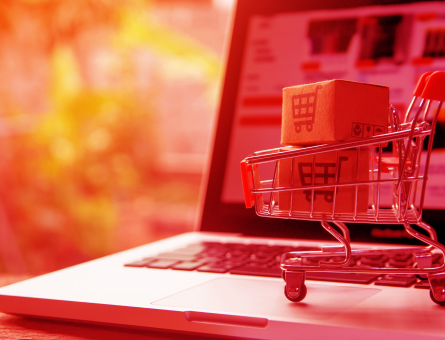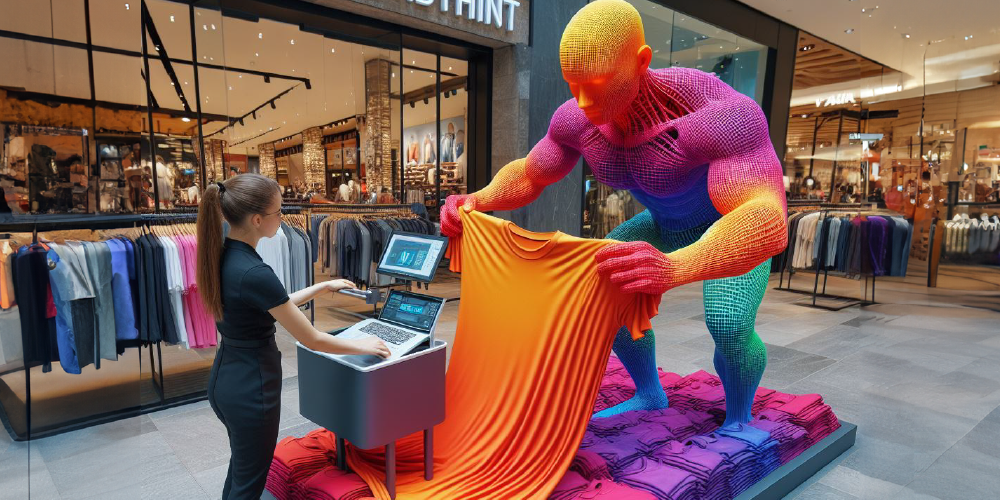Do you think you as a “brand” really knows your customers? According to a study by IBM and Econsultancy, there is a massive perception gap between how well businesses think they are marketing and the actual customer’s experience. While 81% of the companies say they have a holistic view of their customers, only 37% of the customers agree that their favorite retail brand understands them. These numbers are an indication that companies still don’t have a clear understanding of how they can create a truly ‘Personalized Experience’ for their customers.
Personalization of your content means that different users visiting your site will see different content. This is only scalable for small businesses with lesser no. of customers. The bigger your user base, the more complex it becomes to build content that is personal and relevant to your individual customers. In such a case, it would make sense to group your customers with similar behavior into different ‘Customer Segments’ and then tailor your content so that it pertains to these segments.
Why is personalization important?
In today’s competitive market, bombarding the customers with unnecessary recommendations without any proper analysis of what the customers want puts them off and in some cases even turns them hostile. You wouldn’t want this to happen, right?
When you truly know more about the needs and expectations of your customers, you can change the very nature of customer service and fundamentally reshape how the customers view your brand.
How big data helps with personalization?
Whether it is improving the current ‘Personalized Experience’ your site provides or building it from scratch, you are going to require to tap into a lot of different datasets – Customer’s Personal Information, Customer’s Account History, Customer’s Interaction with your brand via various channels (Social Media, Email, Phone Call, etc.) and Customer’s Feedback. This is where big data comes in. Big Data refers to the collection, management, and analysis of large and multiple datasets (structured and unstructured). Each organization has its own blend of big data to work with.
Product recommendation is just a subset of Personalization
Currently, product recommendation algorithms do a pretty good job of showing products relevant to your customer’s needs thus increasing the probability of more purchases from you. But, product recommendation engines often rely on limited data – Customer’s Profile and Customer’s Account History. Other datasets such as Customer’s Interaction Data and Customer’s Feedback Data don’t provide any inputs to your product recommendation engine.
You need to understand that ‘Product Recommendation’ is just a subset of Personalization. Relying just on product recommendation engines to build a personalized experience for your customers will not suffice in the long run. Thus, to not only ensure utilization of all the big data you have but also to increase customer support and loyalty, personalization is the way forward and not product recommendation.
Beyond product recommendations
In E-commerce
Marketing
Acquisition Campaigns
Personalized actions such as customized welcome messages acknowledging the source that has led the customer to your site or geo-targeted welcome messages are small but meaningful steps towards a 1:1 interaction with your customer. In this way, you can have a long lasting impact on your customers on their first site visit itself.
Renewal Campaigns
Now that you have a big customer database after acquiring large no of customers, it is time for you to slice and dice your customer database to identify particular segments of customers worth targeting with particular offers. Such targeting renewal drives to ensure maximum retention and entices your customers to purchase more from you.
Promotional Campaigns
Targeting the right customer segments with offers and incentives relevant to them is the key to a successful promotional campaign. You can even design customized landing pages for each of your customer segments that ultimately leads them to purchase from you.
You also need to measure the effectiveness of your targeted promotional campaigns once they are implemented. It would be a good idea to track metrics such as CTR, like/dislike ratio, no. of responses received positive response/negative response ratio, etc.
Customer Service
Special offers on special occasions
Designing offers for special occasions for your customers such as their birthdays and anniversaries can go a long way in cementing customer loyalty.
Incentives for customer feedback
Providing incentives to customers for providing their valuable feedback will definitely increase the no. of responses received. Customer feedback data is beneficial for you to perform sentiment analysis and designing customer loyalty programs.
Create customer loyalty programs
Offering rewards and points is no longer simply a case of keeping your current customers happy, it’s now a prime opportunity for you to mark yourself out from the competition by offering attractive, personalized rewards packages.
Beyond E-commerce
Banking & Finance
Providing support to fulfill customer’s short term and long term financial goals
Understanding customer’s preferences and advising them on the correct investment opportunities to help them achieve financial well-being
Media & Entertainment
Predicting audience interests to syndicate content that is closely aligned to their viewer preferences.
Understanding why customers subscribe and unsubscribe to your content
Getting deeper insights towards pricing and subscription models for specific customer segments
Retail & Wholesale Trade
Identifying customer’s product preference based on their geographic location and other demographics
Using customer interaction data to decide which the best channel is to communicate a product/promotion to them
Travel & Transportation
Discovering new ways to interact with individual customers, improving service delivery and making better marketing strategies using customer demographic data
Sending personalized and relevant travel deals to engage customers from a particular segment successfully
Healthcare
Offering actionable insights that support better decisions for personalized medicine
Managing healthcare costs
Insurance
Gaining customer insight from big data and developing trusted relationship with customers
Allowing insurers to create tailored policies for each customer rather than a generic profile
Solving customer problems in real-time with the right approach
Education
Offering personalized learning dashboards that empower learners to study at their own pace
Building customized learning programs according to a student’s needs
Conclusion
It is time to close the gap. You need to know your customers as well as you can and engage with them at a deeper level. When you equip your marketing and customer service teams with useful, tangible insights from big data, they can be more effective and efficient at building long-term relationships with customers. And only then can you shift the focus away from engaging in simple transactions to driving loyalty via personalized interactions.





